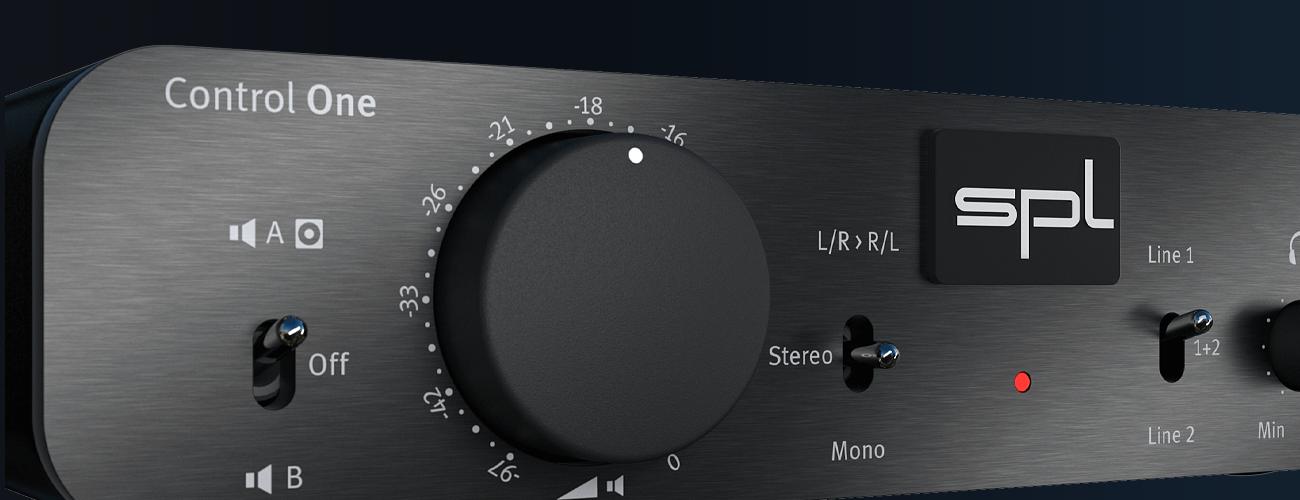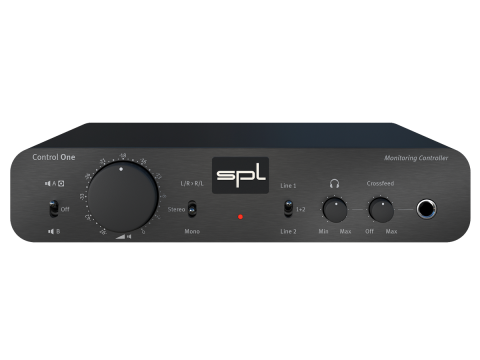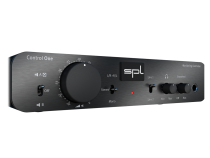Built for fast workflow with innovative features and sound quality beyond its price range, Control One is a next generation monitor controller designed to fit monitoring applications of any scale.
IN STOCK
- Switch between two sets of monitors
- Optional sub input for one set
- Mute setting
- Dual stereo inputs
- Channel Swap mix feature
- Built in headphone ampliifer
- Phonitor Matrix tech for speaker-style mixing
- 17V internal operating voltage
Control One’s built in headphone amplifier features SPL’s very special proprietary Phonitor Matrix technology, designed to help yield mixes that are fully translatable between both headphones and studio monitors.
The headphone amp Phonitor Matrix can be easily adjusted by a front-panel crossed knob, while the -1dB centre level and 30 degree speaker angle are hard-coded as the most commonly used mix settings.
SPL understand that a strong power supply is the foundation of any good piece of pro audio equipment, and although the Control One ships with a 12V power supply, the internal PSU generates a voltage level of around 17V to achieve levels of gain up to an impressive +22.5dB.
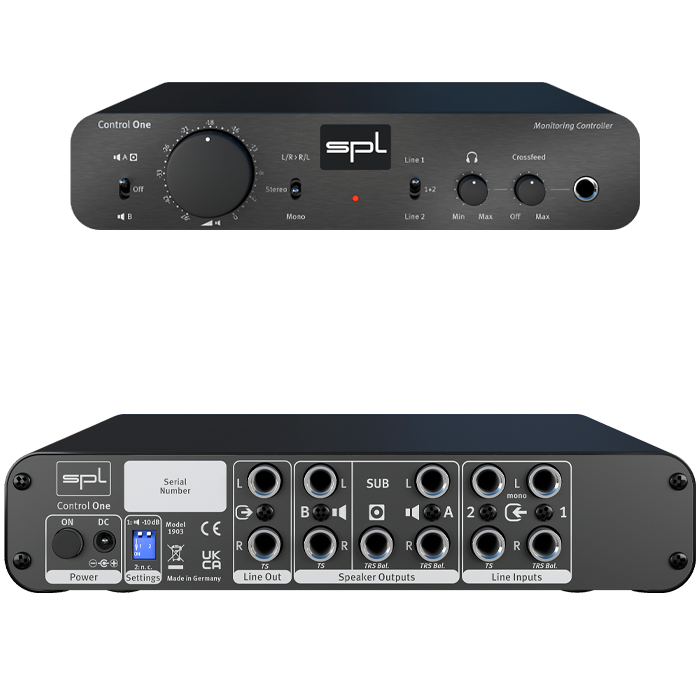
Control One allows switchable listening of two sets of monitors or speakers with the option to add a subwoofer output to the first. The main switch located on the far left of the unit's face also features a third notch for muting the monitors altogether, an ideal function for switching to headphones on the fly.
The Control One’s dual super-clean stereo input pairs are balanced to accommodate source equipment such as DA converters, audio interfaces, mixing consoles, and other peripherals such as CD players or tape machines.
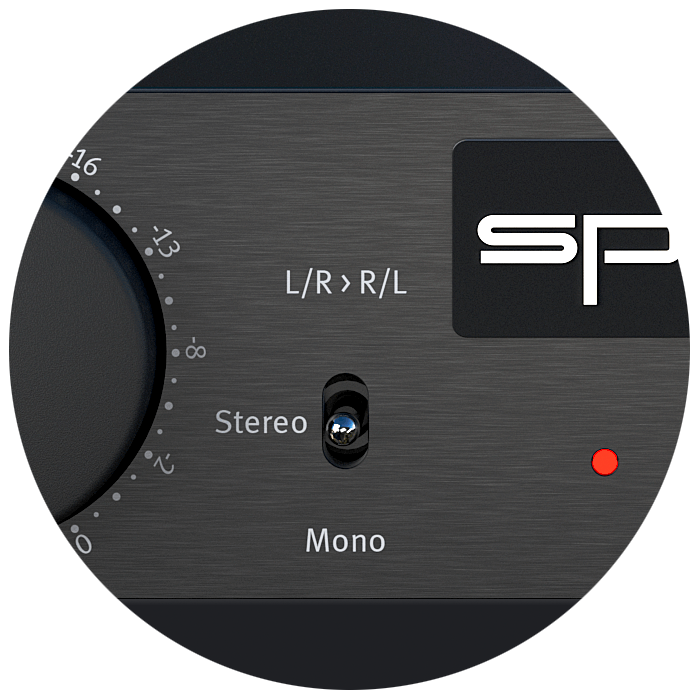
Three channel settings are available to approach mixing from different angles and achieve the best results. The stereo setting offers standard hard left and right playback, while the mono mix setting provides insight into consumer audio devices such as radios and phones.
SPL’s mix final setting is a unique ‘Channel Swap’ configuration which reverses the stereo image – left/right becomes right/left. For purposes such as sound library selection for video dubs that follow a particular movement trajectory, this feature can provide the ultimate timesaver.
